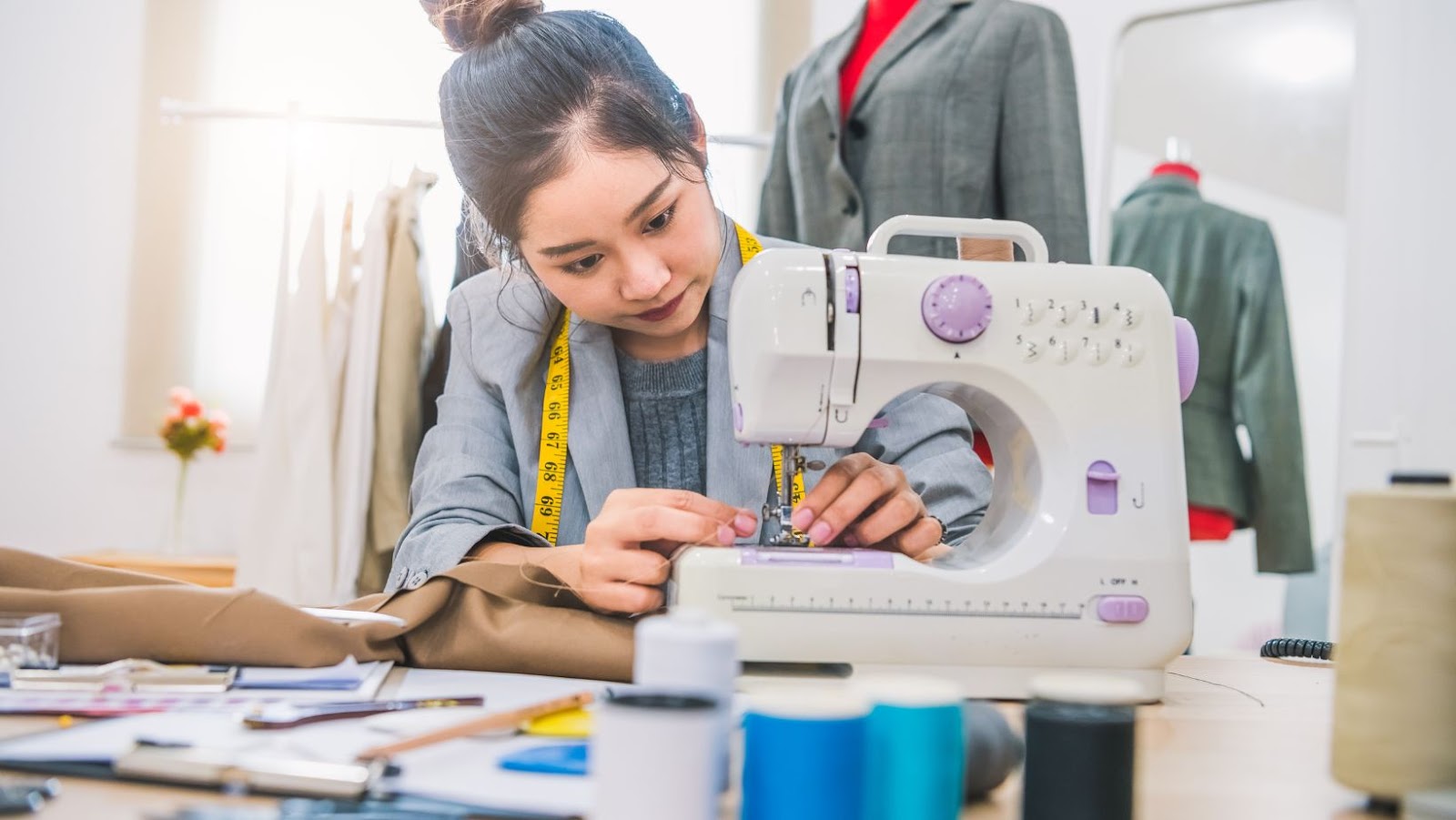Unlock Your Future: Top Careers After Fashion Design School
Fashion Design School
Attending a fashion design school offers a plethora of advantages to aspiring designers, setting a strong foundation for a successful career in the fashion industry. These institutions are more than just educational venues; they’re incubators for talent, creativity, and innovation.
Firstly, networking opportunities are abundant in fashion schools. Students get the chance to connect with fellow designers, industry professionals, and alumni who can provide valuable insights, mentorship, and even job opportunities. The relationships built during these formative years are often instrumental in shaping a designer’s career path.
Another critical benefit is the access to resources and facilities that these schools offer. State-of-the-art sewing machines, drafting tools, and software for design and production are at the students’ disposal, allowing them to experiment and bring their visions to life with the best tools available. Moreover, students receive guidance from experienced professionals who bring real-world knowledge into the classroom, ensuring that they are not only academically prepared but also industry-ready.
 How to Choose the Right Fashion Design School
How to Choose the Right Fashion Design School
Choosing the right fashion design school is a critical step for anyone aspiring to make their mark in the fashion industry. It’s essential to consider several factors to ensure the school aligns with one’s career goals and creative ethos. Below are key aspects to deliberate when making this significant decision.
Location
The location of a fashion design school can vastly impact a student’s experience and opportunities. Schools located in fashion capitals such as New York, Paris, London, or Milan offer unparalleled access to fashion shows, internships, and industry professionals. Being in the heart of the fashion world provides students with a unique perspective on the latest trends, practices, and innovations. However, it’s also worth considering schools in emerging fashion hubs that might offer a fresh, avant-garde approach to fashion education. Ultimately, the choice should reflect the student’s career aspirations and lifestyle preferences.
Specializations
Fashion design is a vast field with numerous niches and specializations. When choosing a fashion design school, it’s vital to research the specific programs and courses offered. Some schools might excel in traditional fashion design, while others may focus on more contemporary subjects such as sustainable fashion, textile design, or fashion technology. Prospective students should align their school choice with their personal interests and the specific area of fashion they wish to explore. This ensures they receive the tailored education necessary to succeed in their chosen specialization.
Facilities
The facilities provided by a fashion design school play a substantial role in nurturing a student’s creativity and skillset. Top-tier schools often boast state-of-the-art studios, sewing labs, and digital technology resources that simulate a real-world fashion design environment. Access to these facilities allows students to experiment and hone their craft under professional guidance. Additionally, some schools offer impressive archives and libraries for research, along with exhibition spaces to showcase student work. Prospective students should tour the campuses, if possible, to evaluate whether the facilities meet their expectations and needs.
In evaluating these essential aspects, students can find a fashion design school that not only matches their ambitions but also provides them with the tools and environment necessary for thriving in the dynamic world of fashion.
 Career Opportunities After Graduating from a Fashion Design School
Career Opportunities After Graduating from a Fashion Design School
Graduates from a fashion design school embark on a variety of career paths, reflecting the diverse and dynamic nature of the fashion industry. Whether they dream of launching their own label or contributing to established brands, opportunities abound for those equipped with a blend of creativity, technical skills, and industry knowledge.
- Fashion Designers: They’re the heart of the industry, tasked with creating new clothing and accessory designs. From sketching initial ideas to selecting fabrics and overseeing production, fashion designers bring trends to life.
- Fashion Merchandisers: These professionals focus on the business side, analyzing market trends to make strategic decisions about product development, pricing, and distribution. Their goal is to ensure that collections meet consumer demand and drive sales.
- Textile Designers: Specializing in the creation of patterns for fabrics, textile designers play a crucial role in defining the look and feel of fashion items. They work closely with fashion designers and manufacturers to develop textiles that enhance the aesthetic and functional appeal of garments.
- Fashion Illustrators: With a keen eye for detail and a strong artistic skill set, fashion illustrators produce the visual representations of designs. Their work is essential for presenting concepts to clients and stakeholders before the actual production starts.